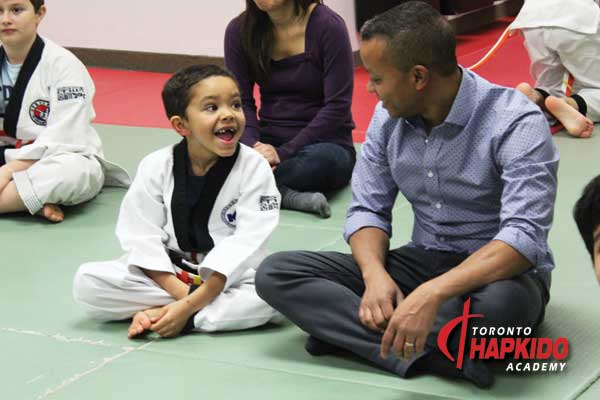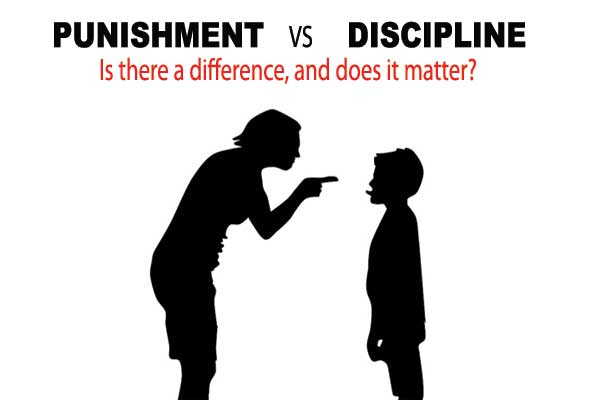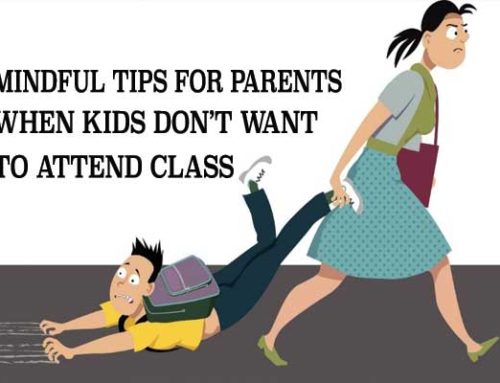Let’s talk about correcting improper behaviour when our ninjas make bad decisions. Parents, coaches, teachers, and other adults often define punishment and discipline as one and the same. Fostering change in a child’s behaviour starts with having the proper definitions and understanding of punishment and discipline.
Punishment is a short-term solution for a long-term problem. Punishment can quickly shut down bad behaviour, but it increases the risk of negative and/or retroactive experiences that could create even more problems down the road.
On the other hand, discipline is a method that keeps long-term goals in mind. By instilling discipline, we develop trust and confidence in our ninjas by helping them work through their mistakes and creating a plan of action for the future.
How does this relate to martial arts?
We’ve been teaching kids martial arts for a long time and have found that parents sometimes hold their child back from testing or will simply take martial arts away as punishment. We all know the goal of such a punishment, but it’s also important to weigh the negative side as well.
Martial arts classes are where children are surrounded by positive role models, placed in situations where they can make good decisions, and strive towards success. Instead of barring troublesome children from classes, it might be better to communicate with their instructors to find a way to turn a negative into a positive.
How can this work?
Here is a three-step system developed by a child development expert, Melody Shuman, that you can implement at home. You can even use it to follow through with your child’s instructors to better steer your ninja in the right direction. (Check out the episode “Punishment vs. Discipline” of her podcast Melody Shuman Breaks It Down: https://www.buzzsprout.com/64686/475667-014-punishment-vs-discipline.)


1. Conect.
Emotionally connect with your child before anything else. Be sure that both you and your ninja are calm and in the correct state of mind to communicate.
2. Redirect.
Let your child know which choice they made was incorrect and why. Next, ask them to offer a better choice they could have made. If they’re quite young, offer some suggestions and have them repeat them back to you.
3. Repair.
This is where you work as a team to come up with ways to solve the problem or prevent the behaviour. Set ground rules so that both sides are clear on what the consequences will be if the rules are broken again.
The next time your ninja is out of bounds, try to work through these steps. We can help with Step 3 by coming up with ways your child can demonstrate the solution you’ve discussed as a family. We can help set them up for success by challenging them to follow through on this during class.
We hope you were able to find value in this article. Be sure to visit Melody’s podcast listed above for more tips and tricks to help your ninja be the best they can be!







Leave A Comment
You must be logged in to post a comment.